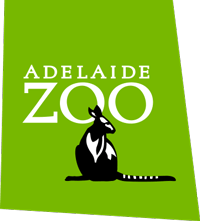Meet the delightful Dingo duo!
Adelaide Zoo is home to two beautiful dingos who made their dashing debut in July 2021.
The siblings, male and female, were taken in by Zoos SA in May 2021 after they were found along with six other siblings abandoned near the Todd River and the Telegraph Station on the northern edge of Alice Springs.
Curious how to tell them apart? Indi, the male, is easily recognisable by his floppy ears while Lara, the female, is recognisable by her one straight, pointy ear. See if you can spot them!
The howlingly cute duo are playful and high-spirited, and very curious about their environment. The pair receive regular training and interaction with keepers and can be found running around, digging, playing and exploring their habitat.
Dingoes are a species of much debate and differing management methods across the country. As a conservation charity with animal welfare at the forefront of our existence, we’re delighted to offer them a safe and enriching home and the opportunity to share their story with visitors.
The dingo is an ancient canid species and is the largest land predator in Australia. It is thought that dingoes were introduced around 4,000 years ago!
They have unique physical qualities that are different to other canids; their canine teeth are much larger, they have flexible wrists and hips, and have a yodel-like howl rather than a bark. Their coats come in a variety of colours but are usually reddish tan, and the density of the coat varies depending on their habitat.
Dingoes live in packs of up to 10 members, travelling and hunting together. Only the dominant male and female breed, but the rest of the pack helps to raise the young. They can run at 60 kilometres per hour, travel up to 20 kilometres a day in search of food, jump up to two metres high and can even climb trees. They have exceptional hearing and their ears can move independently, rotating to pick up sounds.
Pure dingoes are listed as threatened in Victoria. The main threat to the species is interbreeding with domestic dogs. This not only weakens dingo genetics but domestic dogs breed more frequently than dingoes, and the hybrids therefore pose a greater risk to domestic livestock. Dingoes are protected in National Parks and other regulated areas, but the actual numbers of pure dingo populations are unknown.
Love dingoes? Join the pack and ensure dingoes stay a pounce ahead of extinction! There are many ways you can help support these incredible animals.








